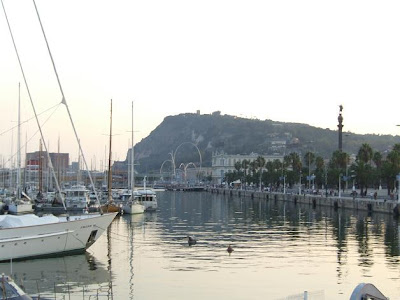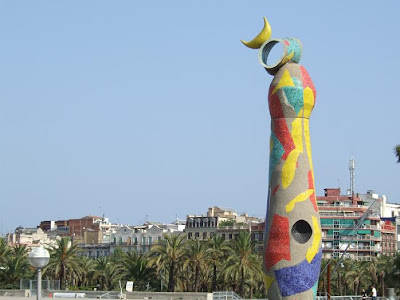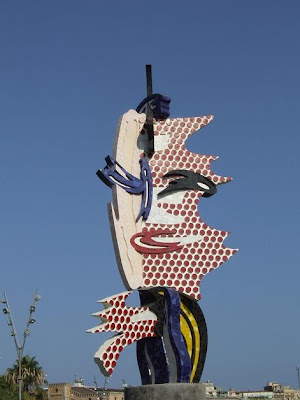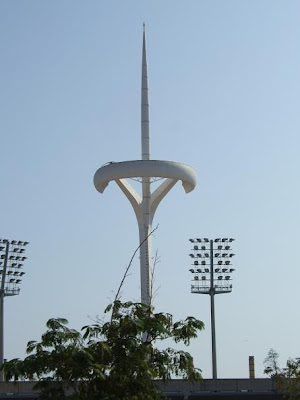The Southern state of Kerala is arguably India's most interesting state.
Its culture has been influenced by Portuguese, Dutch and English
elements involved in the spice trade, its geography varies in a very
short distance from tropical beaches to high hill stations, and it
boasts the world's first freely elected communist government whose
social policies have resulted in a literacy rate of 95%. In the space of
just 11 days, we do our very best to give you an introduction to this
beautiful corner of India.The name of the state of Kerala has been taken from the word
Keralaputra (land of the sons of Cheras), as mentioned in one of the
Ashokan edicts dating back to 273-236 BC. Chera was the first large
empire that took roots in this state, and continued to use Tamil till
7th century as their administrative language. The Chera power declined
in the 10th century AD, after Cholas, the rulers of Tamil Nadu, were
successful in overthrowing the dynasty.
It is the backwater cruises that complete the tour to southern India
take you through the winding waterways revealing the colorful culture
and customs of the rural life. The magic of the mystical backwaters
works on one and all. Though you may plan your backwater tour to Kerala
anytime of the year, the best time for cruising is from October to March.
On your way back home from the backwaters of Kerala do not forget to
pick up the best buys being offered by the region ranging from the
carved wooden elephant souvenirs, assorted handicrafts like bell metal
products, coir goods, sandalwood, brass and wooden items, conch shells,
paintings and masks.
Kerala Tourism revives you with a perfect holiday to recharge your body
and soul intoxicating your mind with its natural beauty. Kerala tourism
plays a major role in Indian tour attractions. Kerala tourism is blessed
with extravagant attractions - Kerala backwater tour packages , Kerala
ayurveda tour packages , Kerala wildlife tourism , Kerala beach tourism
, Kerala hill station tourism etc.
Kerala tourism offers a great variety of tours & travel experiences.
Whether it is about backwater tour package of Kerala or a travel
package, vacationers are assured of a great holiday in Kerela. More...
Kerala offers two kinds of Ayurvedic health options: recreative and
therapeutic. These ayurveda packages are based on the time-tested,
ancient Indian system of medicine- Ayurveda.
Kerala, selected as one among the ten 'Paradises of the world' by the
National Geographic Traveller, is a tourist destination which has
everything from beaches, hill stations, wildlife sanctuaries, backwater,
culture, heritage, art forms, etc. In short, the only thing that would
not be available here is snow, making Kerala the only place to have
something for everyone.
Take your pick for the best backwater tour for family and friends. The
cruises and the overnight stays in the houseboats are the best way to an
unforgettable holiday. The waterbus ferry and the cruise boats are the
most relaxed. Your backwater holidays need not be meticulously planned.
Even the booking need not be made well in advance. Besides the
houseboats the regular accommodation options of the budget, standard,
deluxe, luxury et al may be opted for. The entire maritime journey is a
merry time experience in true sense.

The green and graceful, palm fringed backwaters of Kerala are unique in
themselves. Known all over the world, the tour of Backwaters in Kerala
India is considered equivalent to and even much refreshing than the
canals in Thailand, or the backwaters in Milan. The sparkling and
emerald green waters acquiring the hues of tall huge green palms attract
the tourists in quest of serenity and intangible beauty.














































